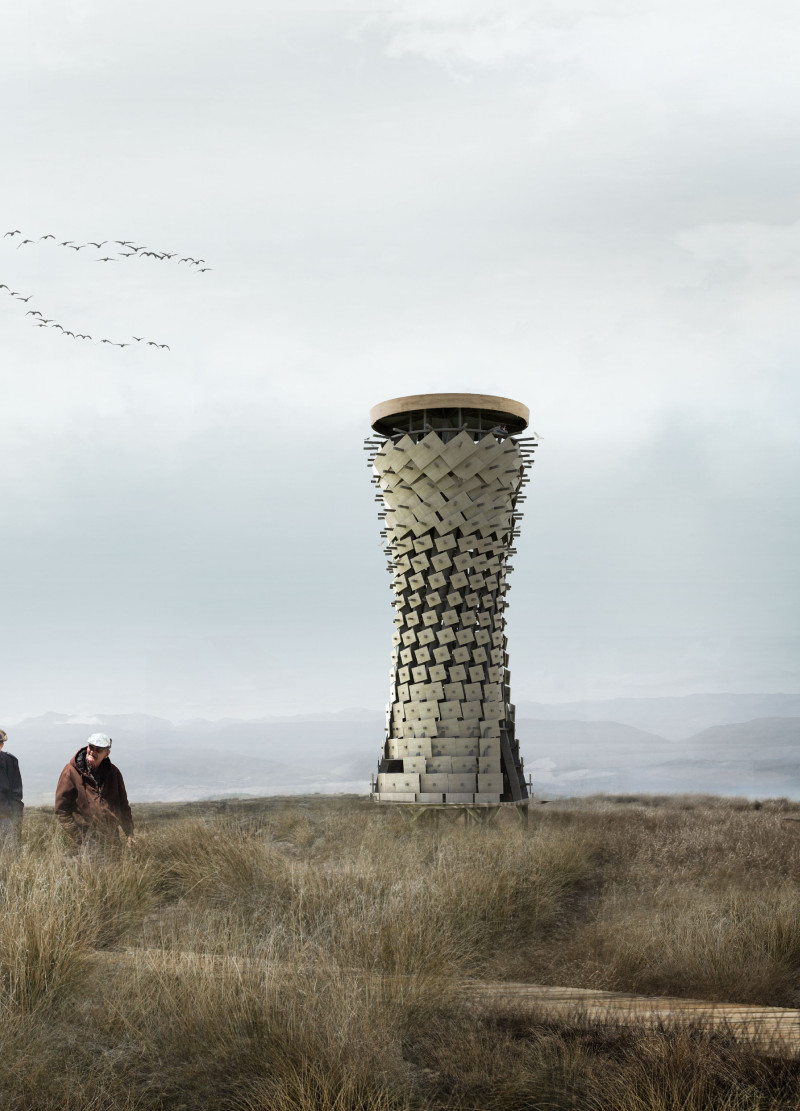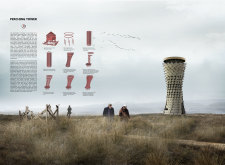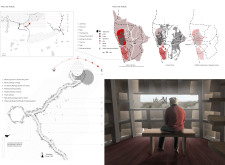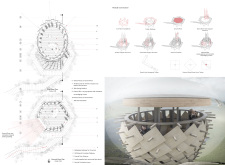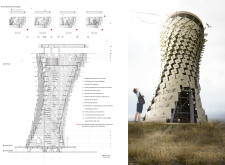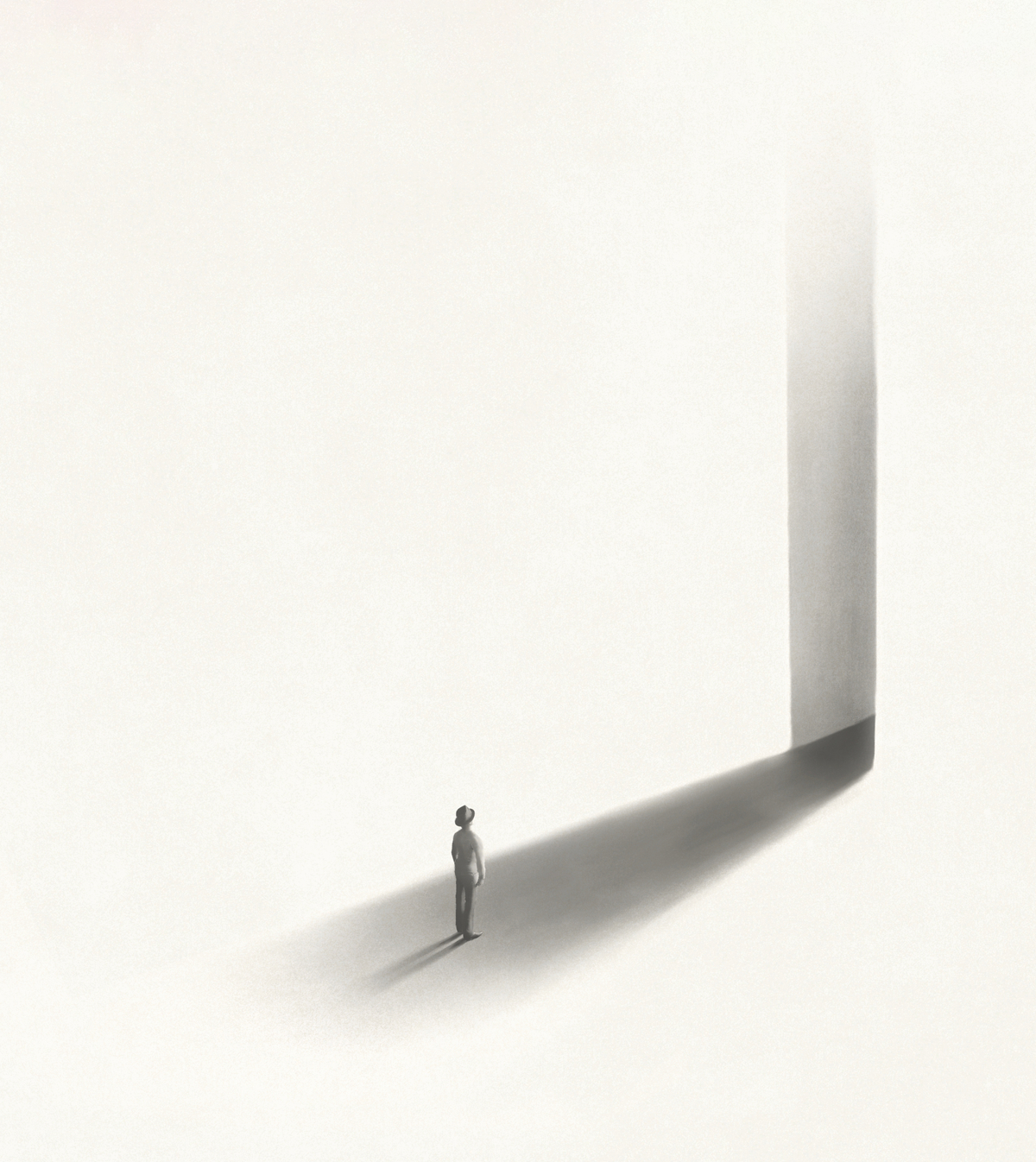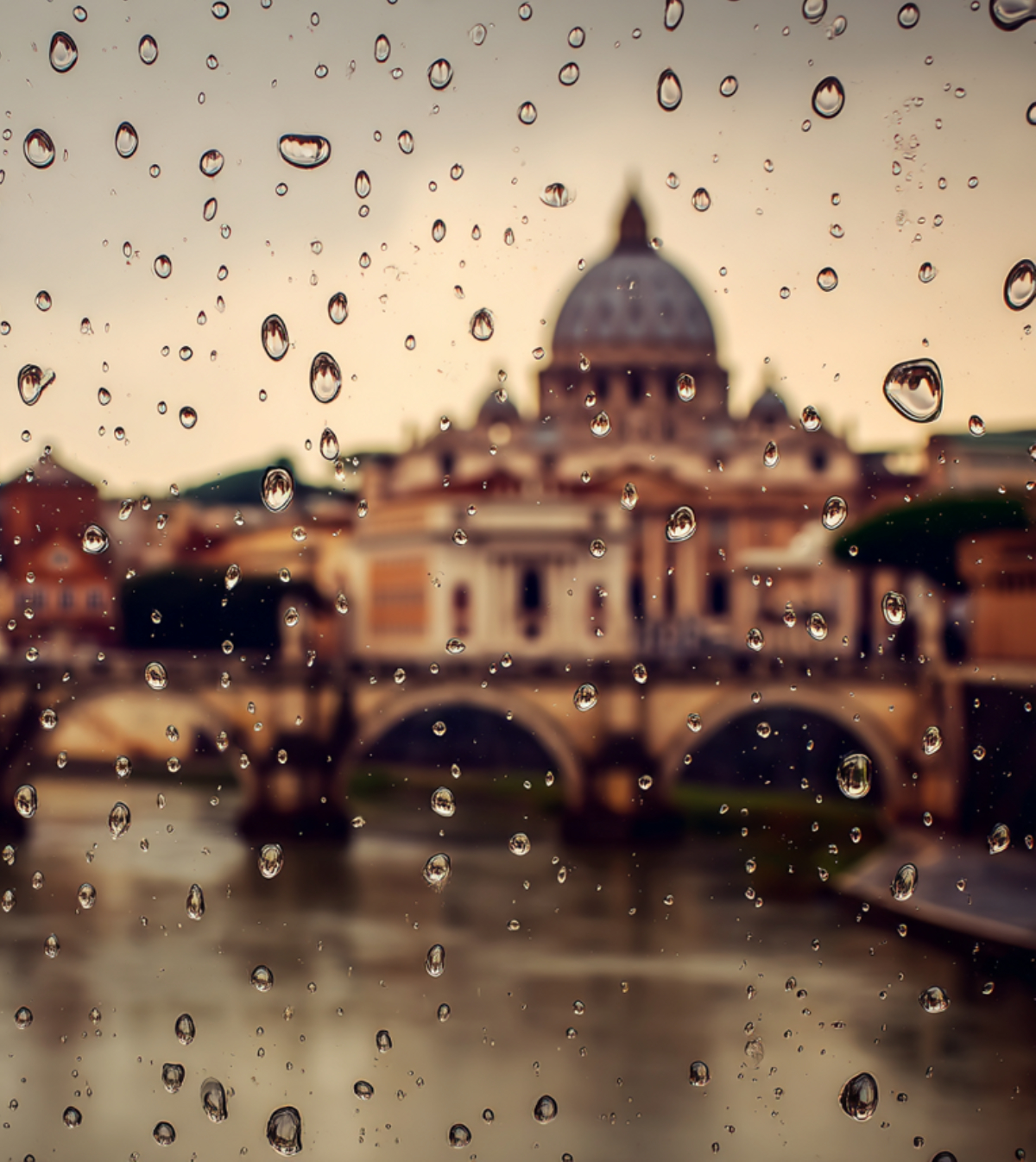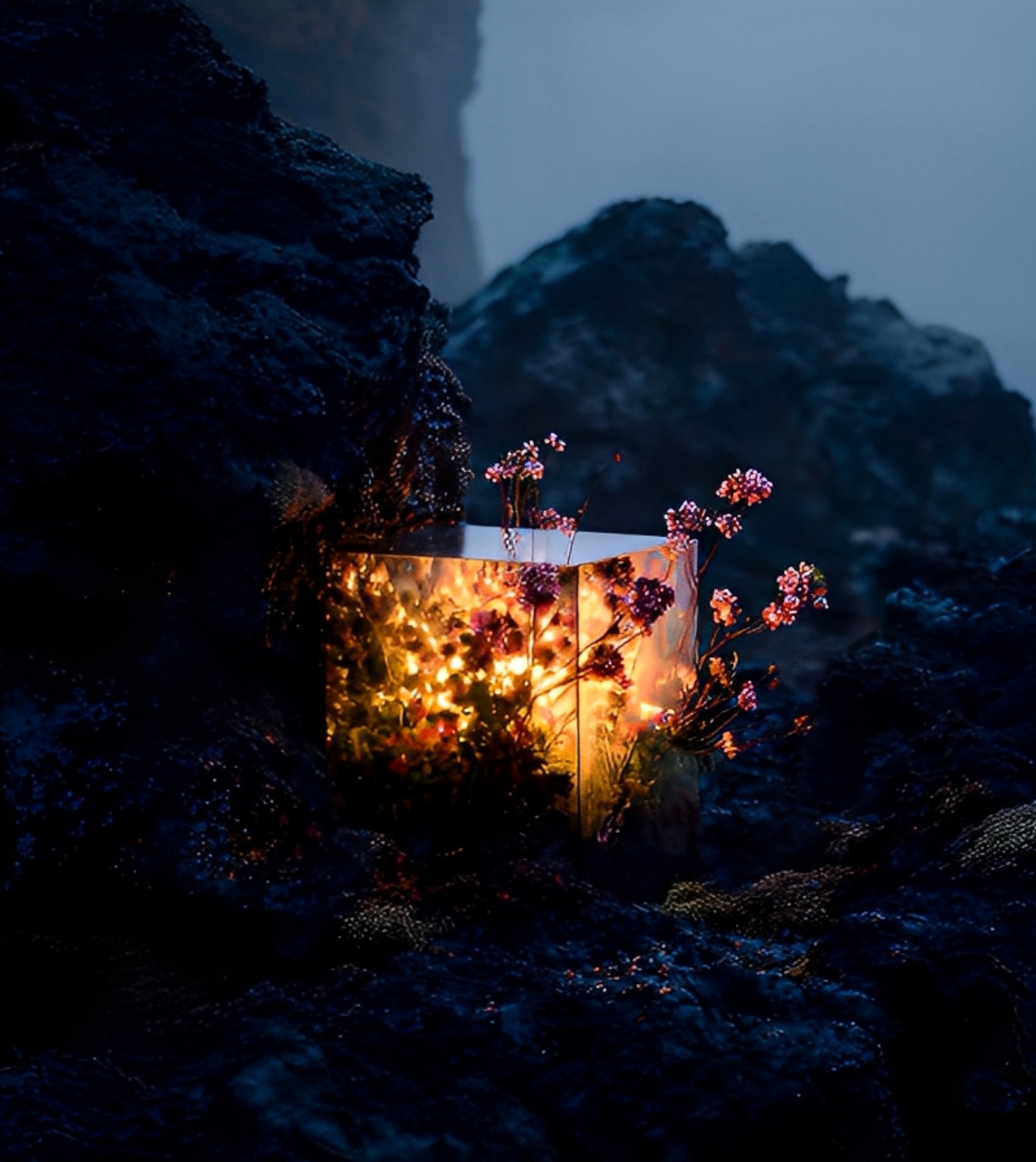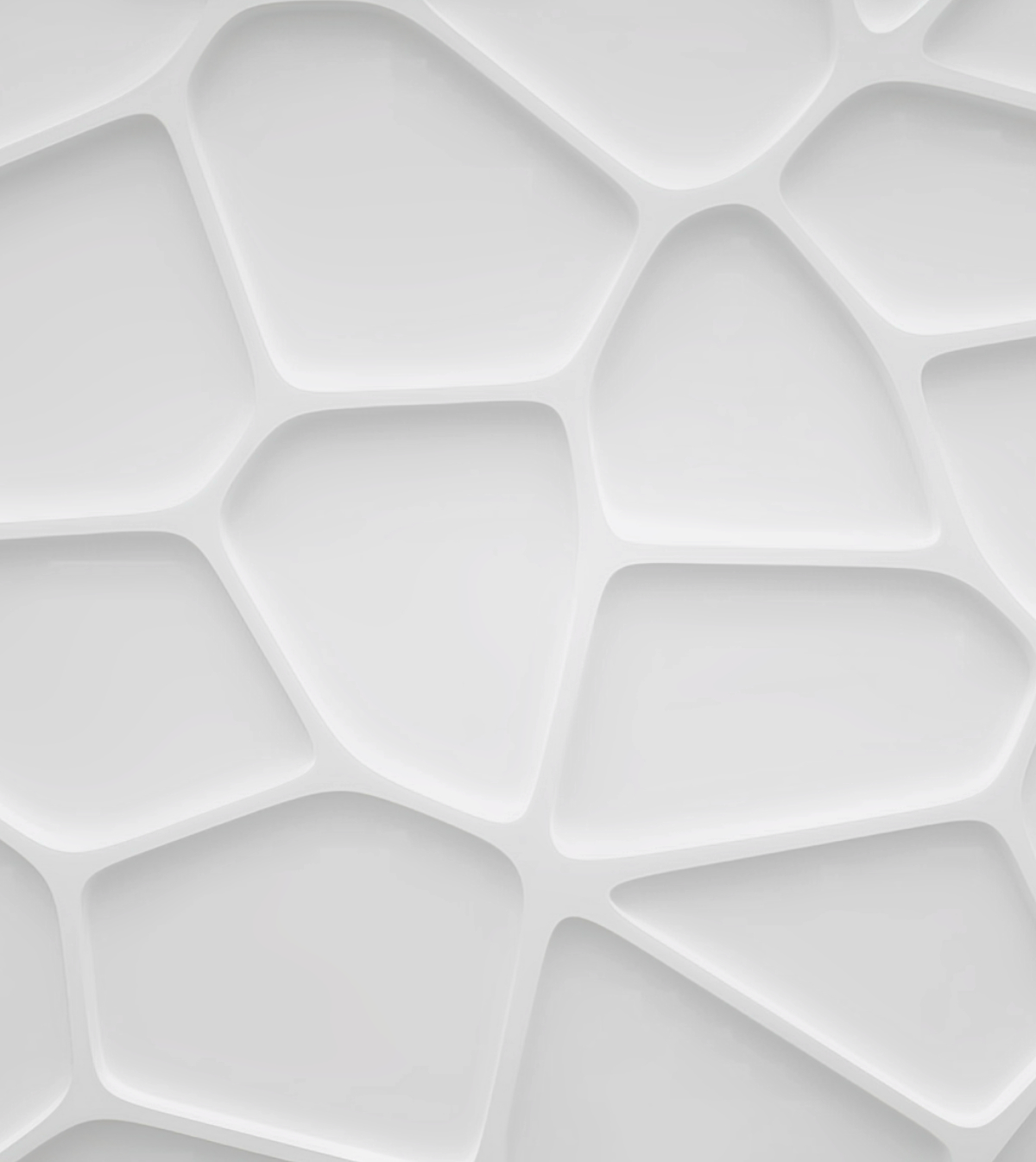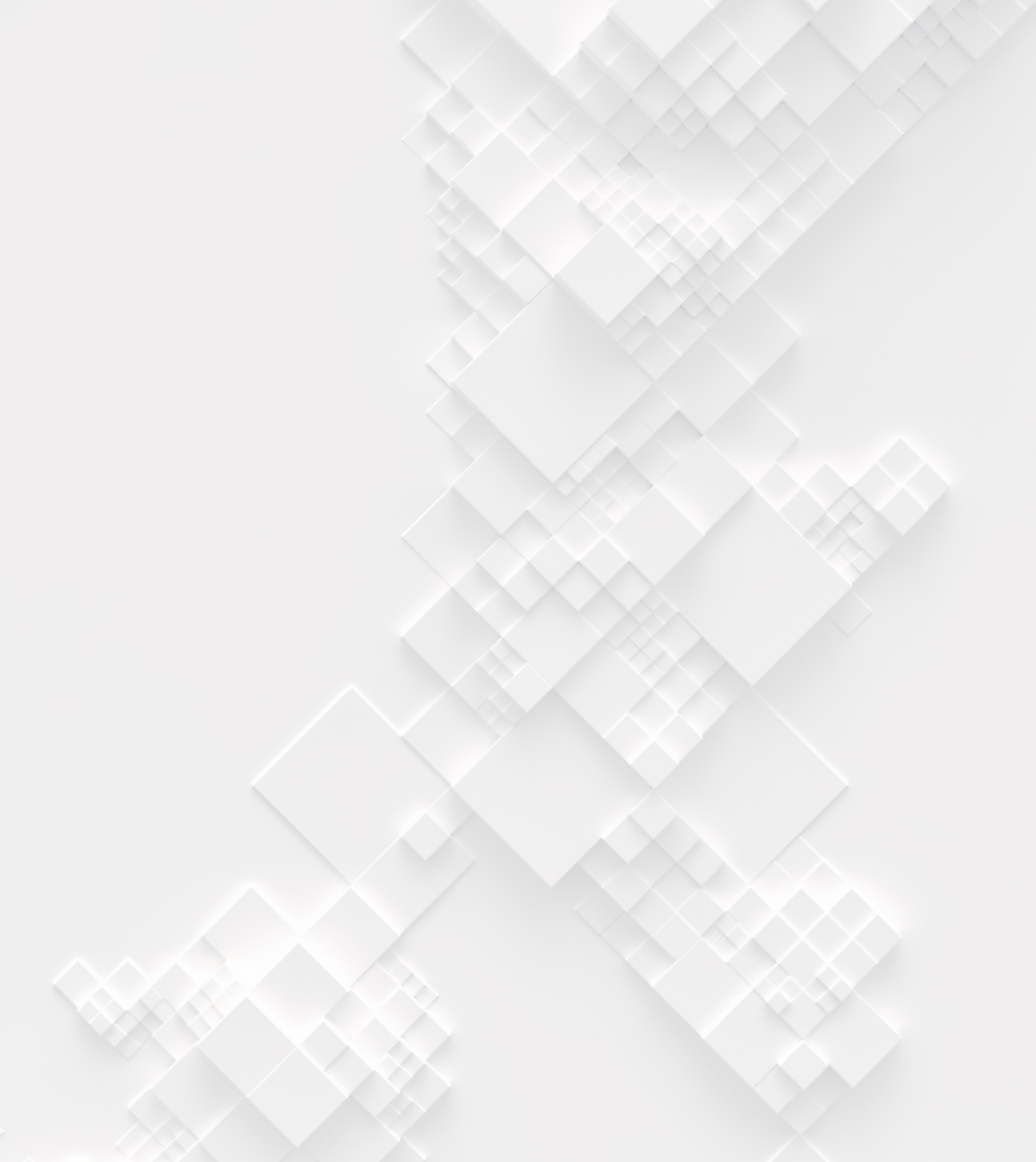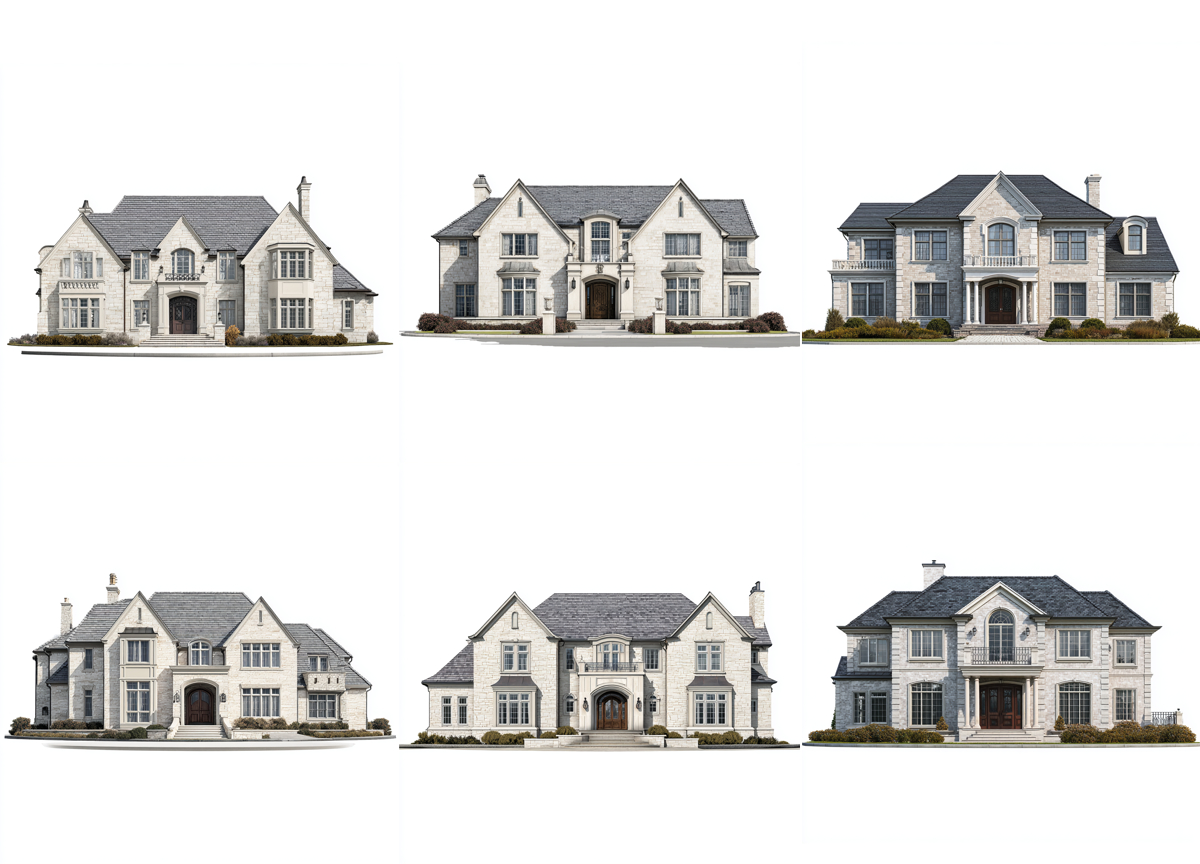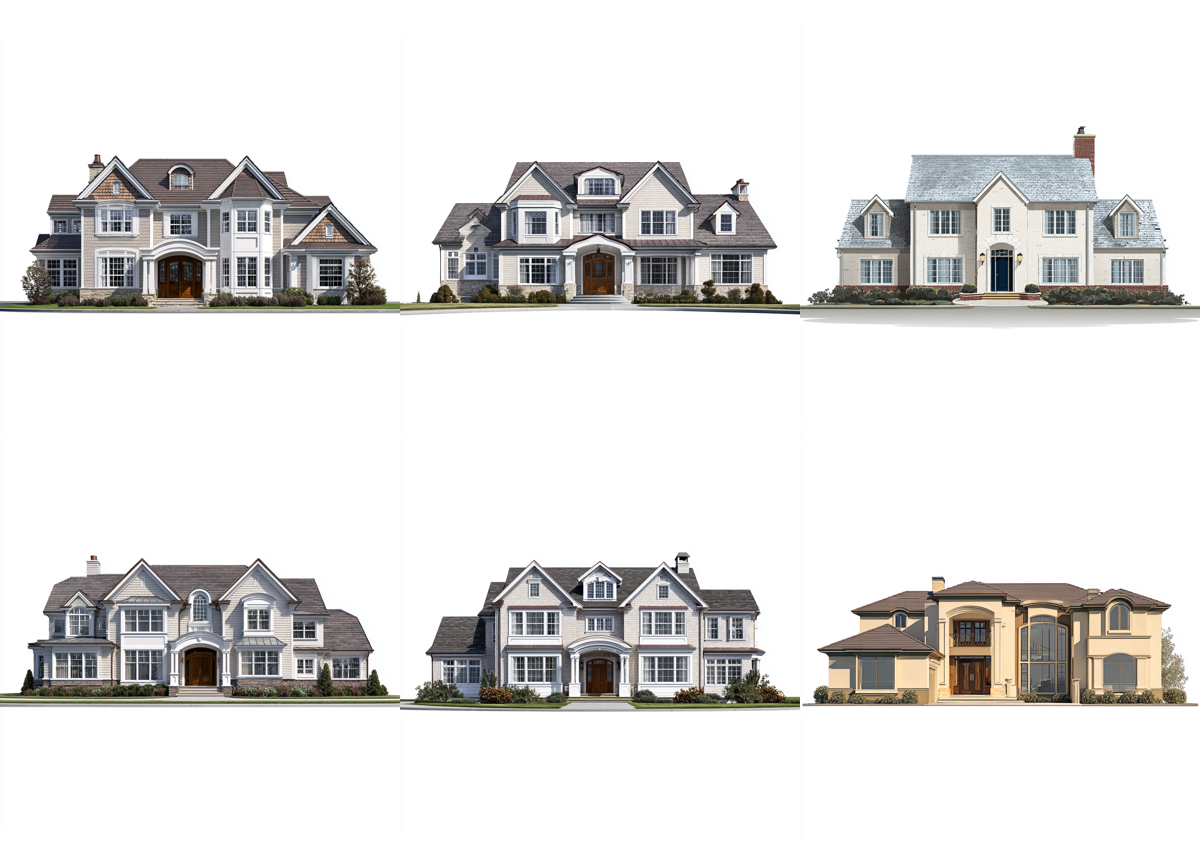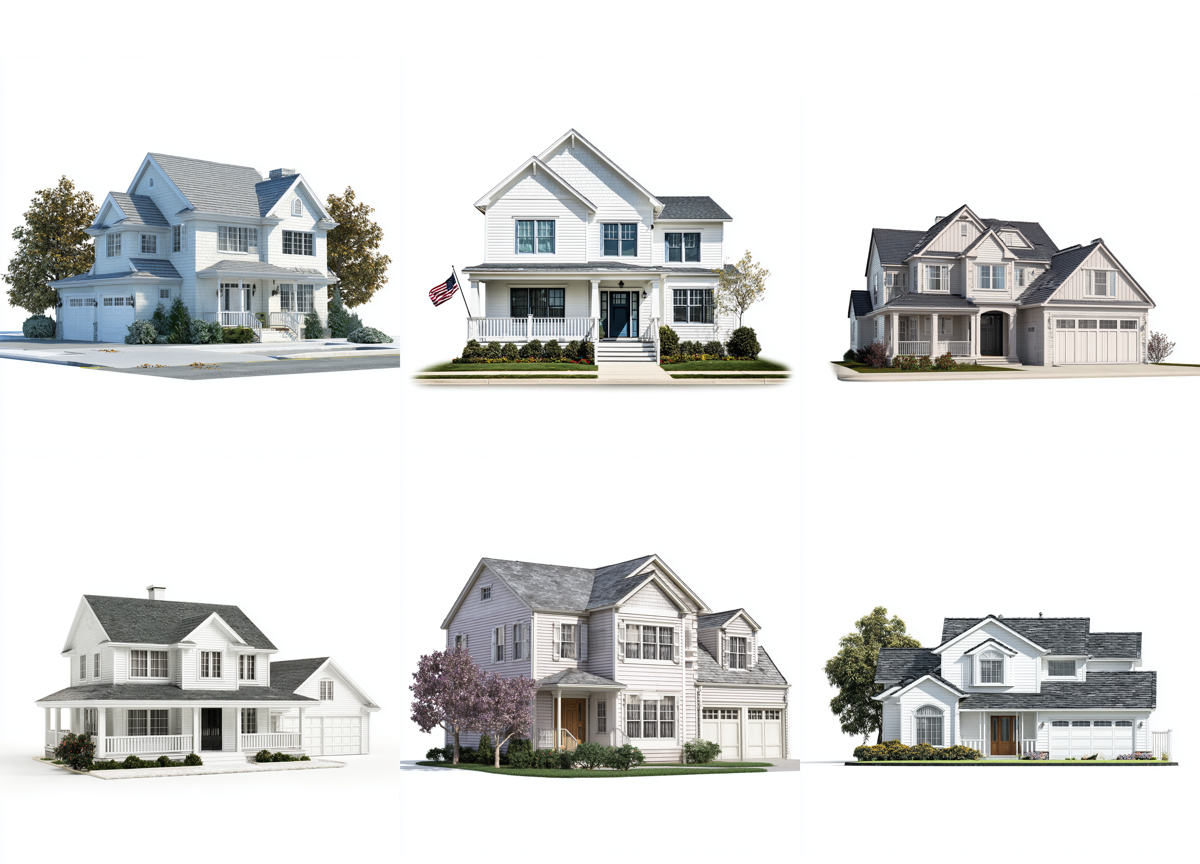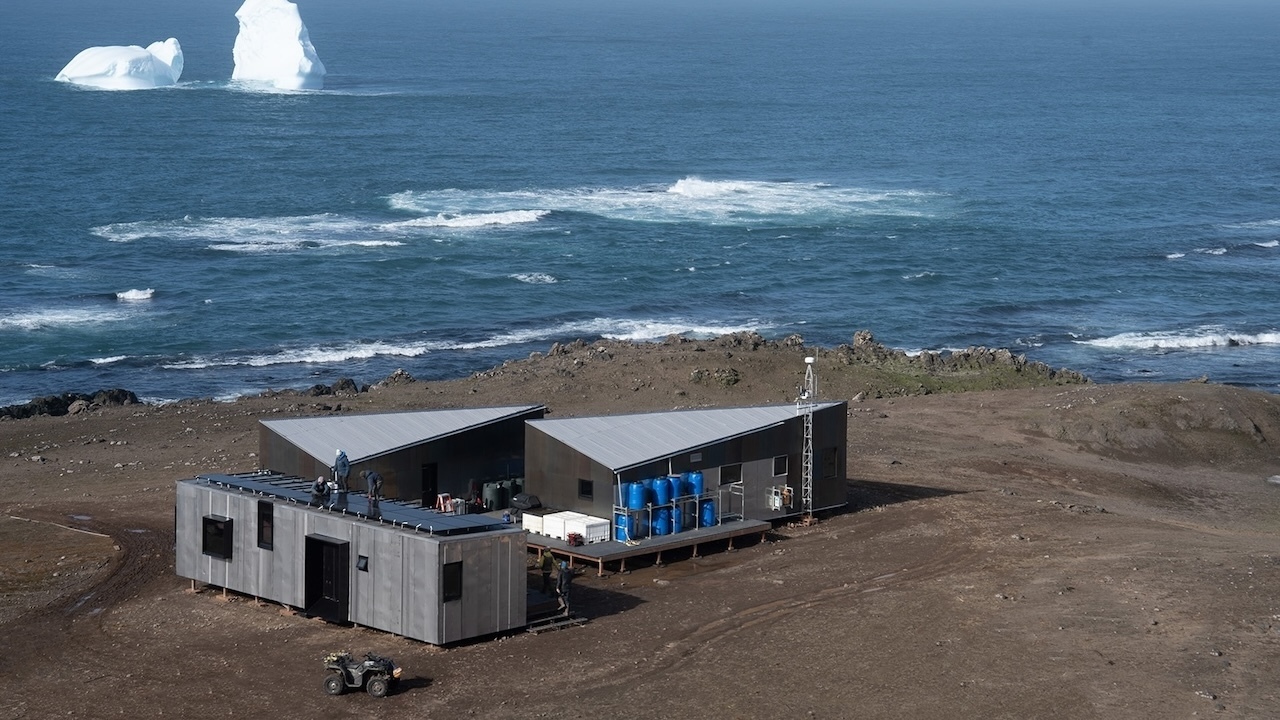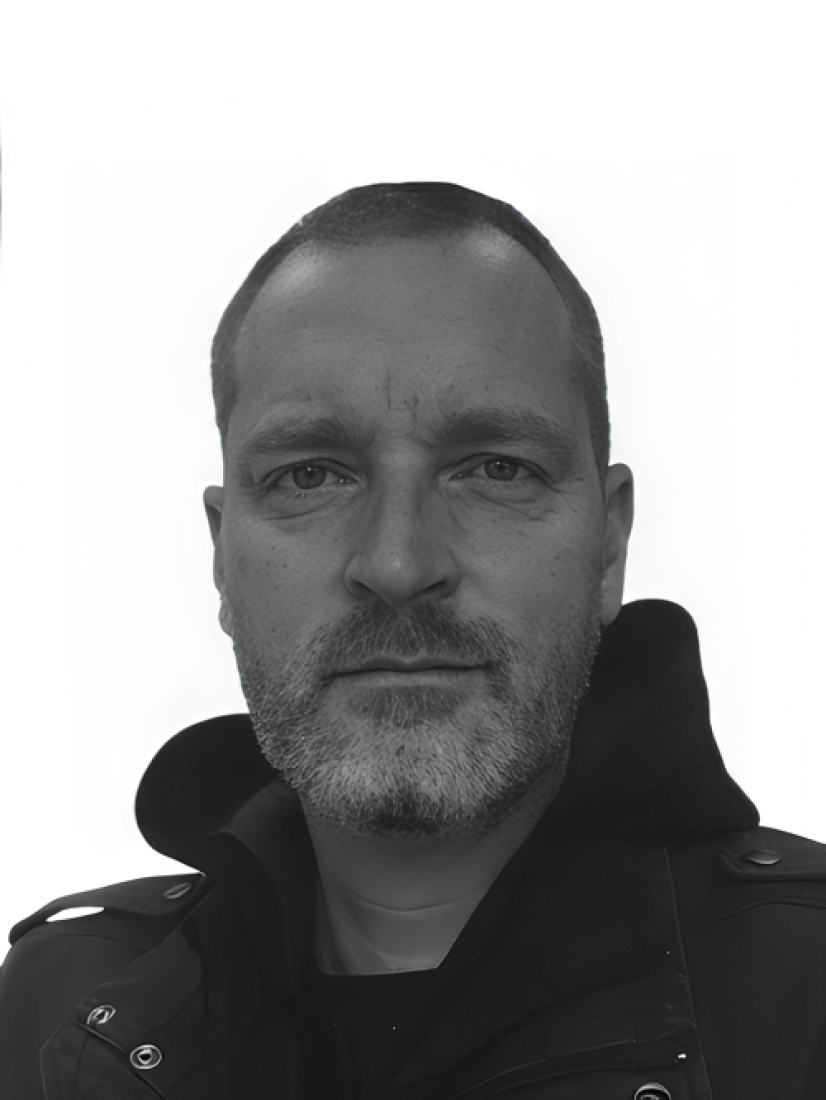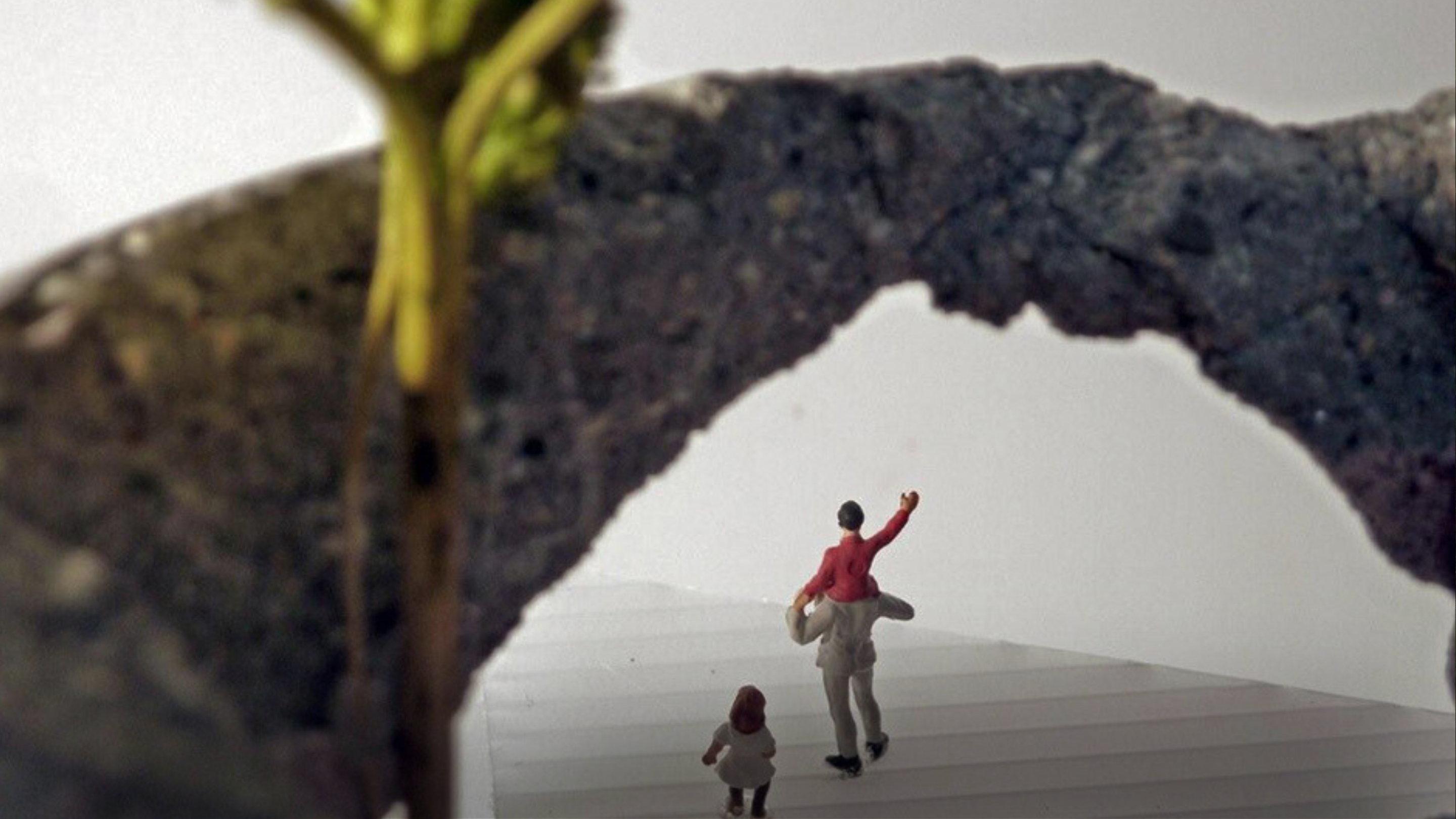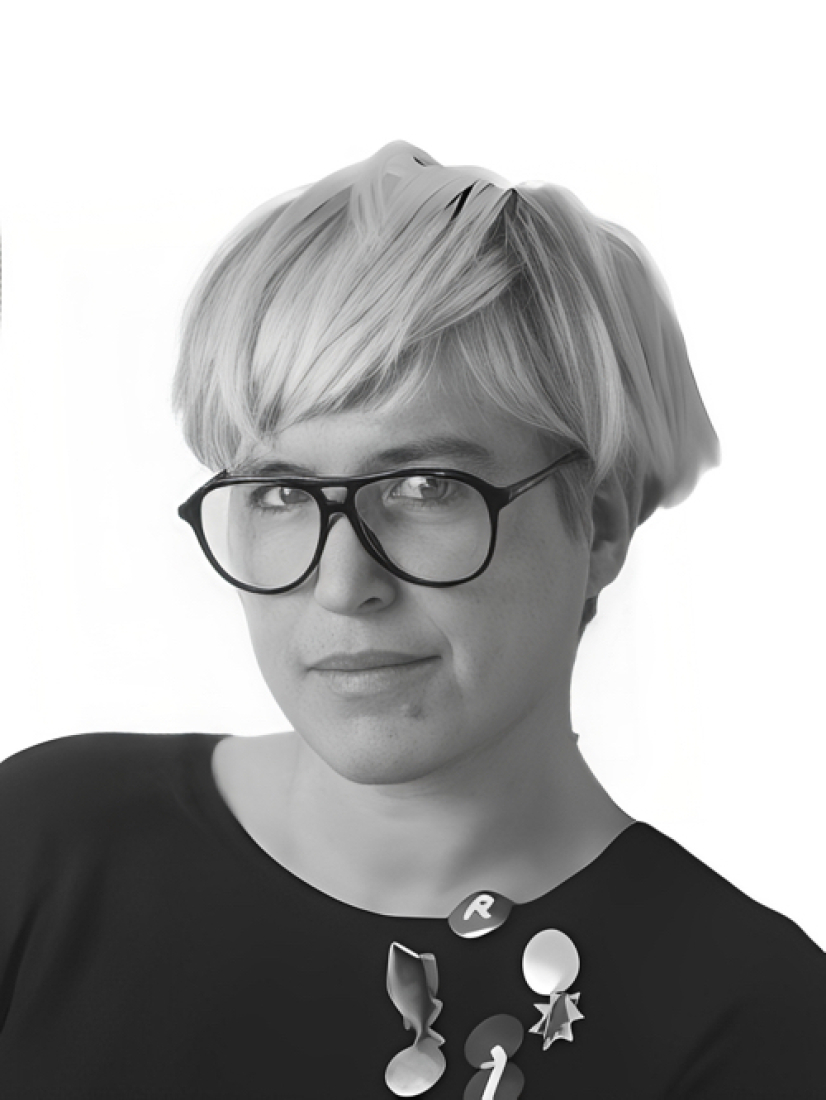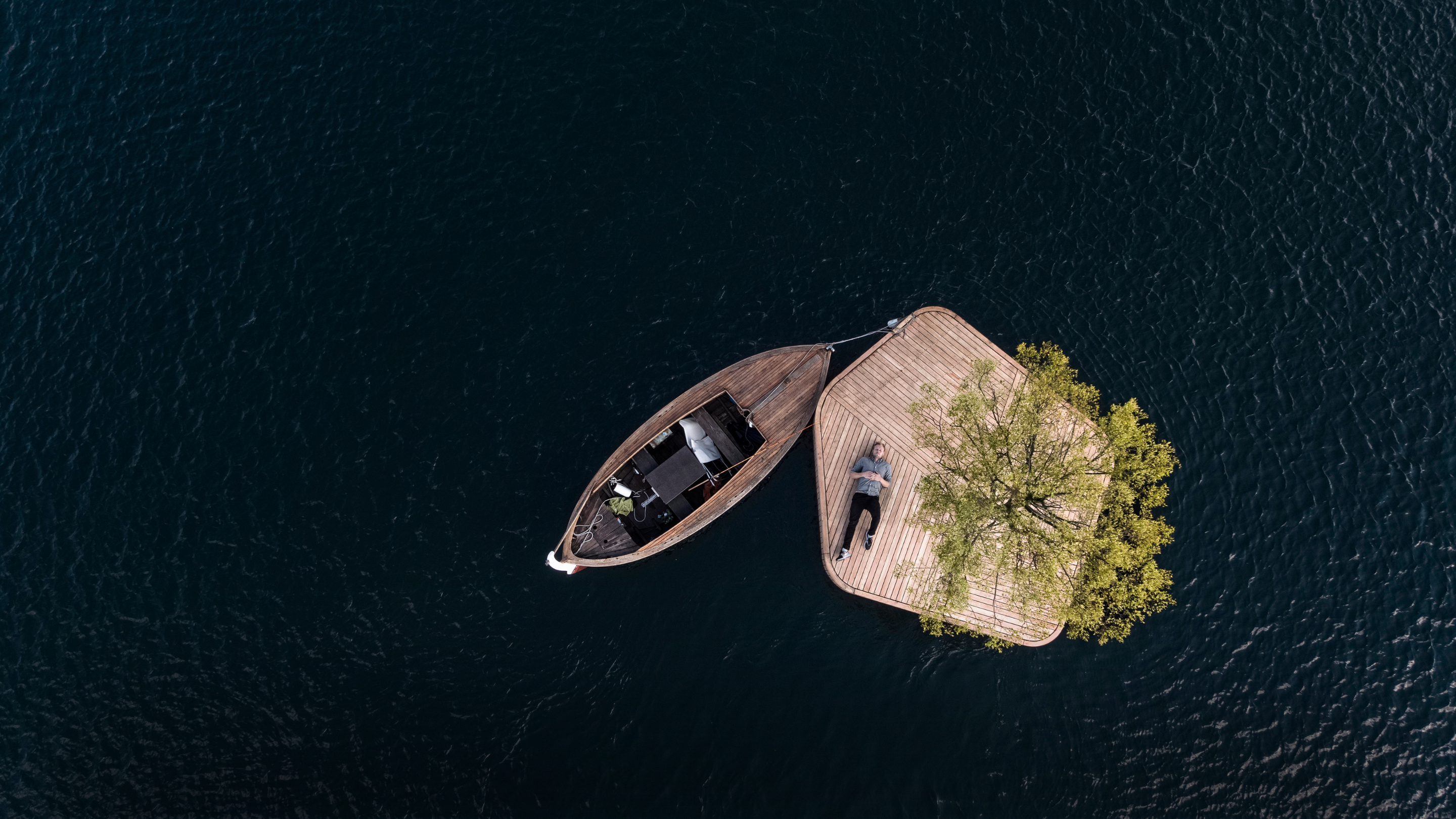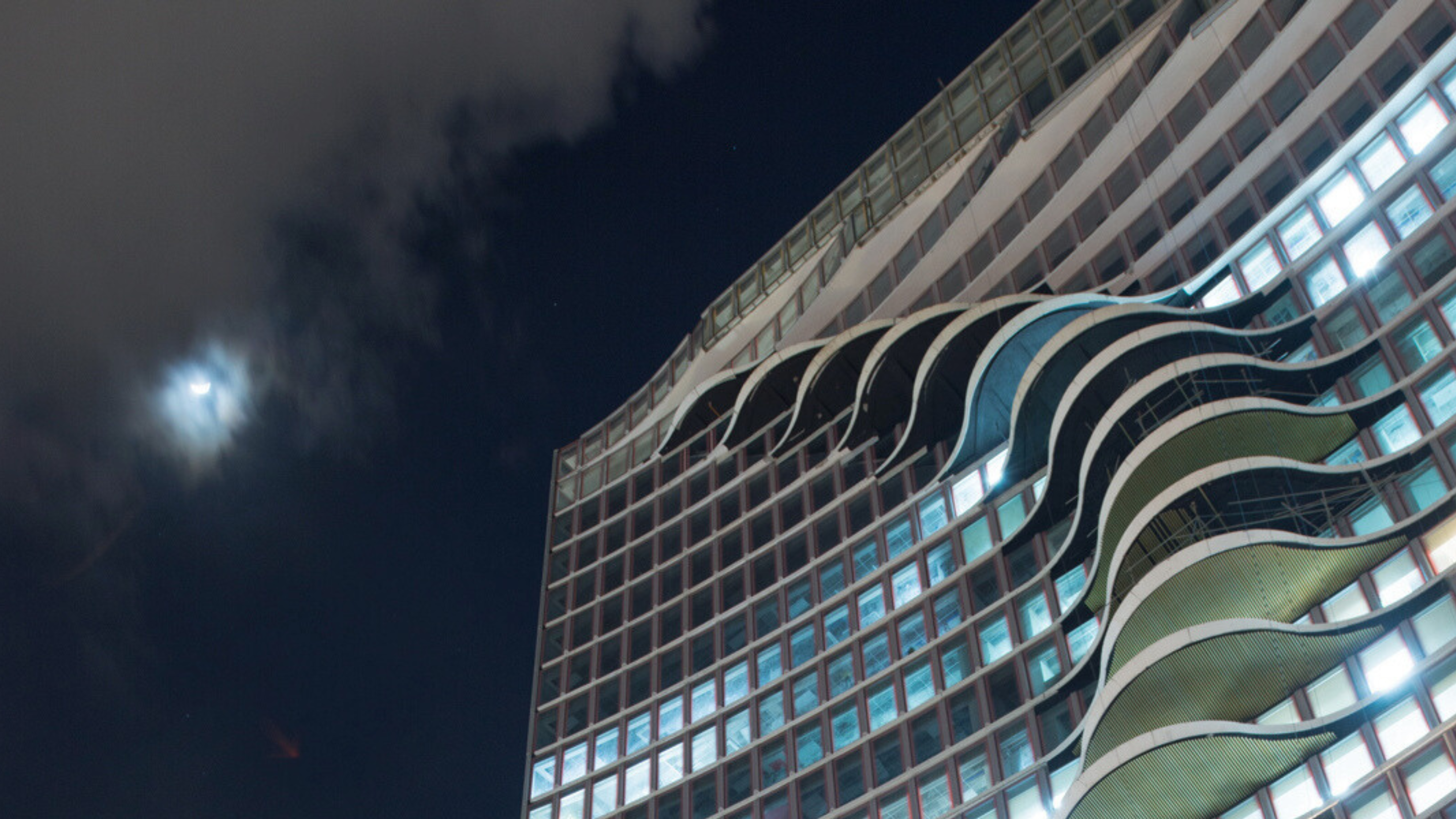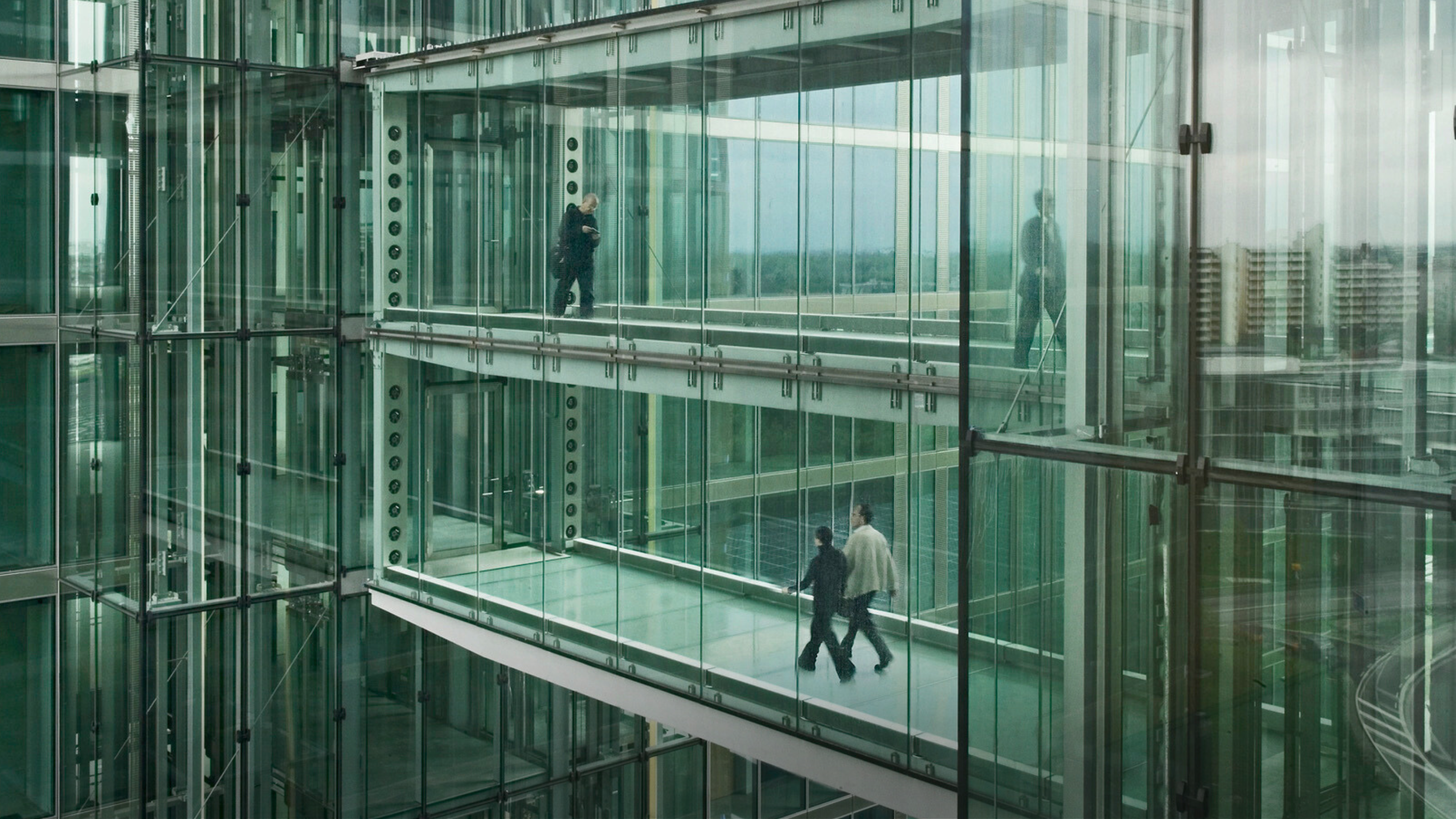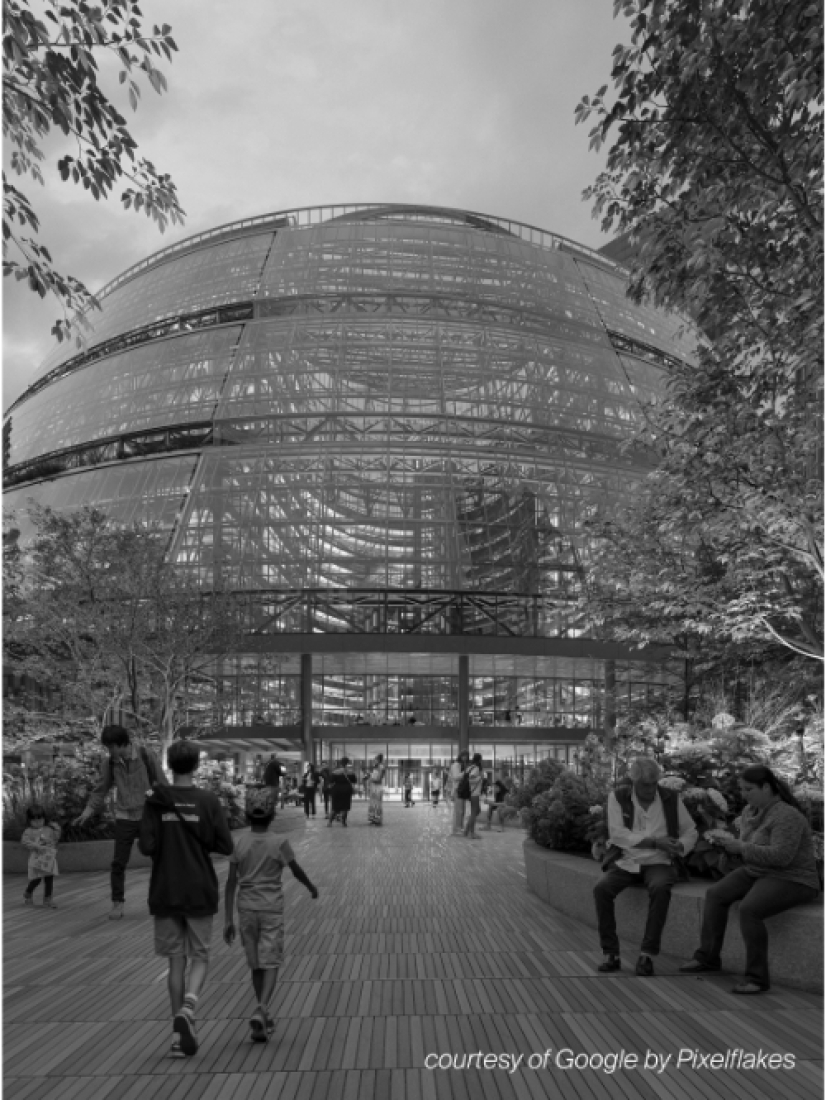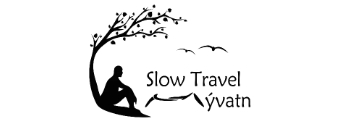5 key facts about this project
The Perching Tower, located in Pape National Park, Latvia, serves as a modern observation point for birdwatching. The primary focus is to create a structure that encourages the observation of local birdlife while being mindful of its ecological surroundings. Its design prioritizes the facilitation of local birdlife observation while maintaining ecological sensitivity and features an organic form that reflects the surrounding arboreal structures, enabling the building to integrate with its natural environment.
Site Analysis
A comprehensive site analysis informs the design decisions. The landscape exhibits varied planting densities, with lower-density areas transitioning to more densely planted regions closer to the entrance. This planting strategy serves to enhance the visual experience and promote biodiversity within the park. As visitors approach the tower, they undergo a gradual immersion in the natural surroundings, which contributes to wildlife habitat preservation while providing spaces for focused birdwatching. Its design elements include timber members that project from the structure, offering perches for birds and reinforcing the interrelation between human observation and the habitat.
Design Integration
The site approach involves a curvilinear pathway that directs visitors through the forest toward the tower without undue visual prominence. This pathway cultivates an exploratory experience as visitors traverse the landscape, concluding at the former observation tower's location. Framed apertures provide opportunities for observing birds at feeding platforms, establishing the initial point of the birdwatching experience.
Viewing Platforms
The tower incorporates 360-degree viewing platforms, central to its observational function. These areas are oriented toward Lake Pape to optimize the birdwatching experience. The design accounts for diurnal light variations, enabling visitors to identify optimal conditions for wildlife observation. The platform arrangement establishes a conducive space for interaction with nature.
Architectural Structure
The tower utilizes a modular vertical structure that provides essential support while harmonizing with its wooded backdrop. This design creates a porous interior, allowing avian species to occupy spaces within the tower during periods of human absence. Additionally, the exterior features a timber skin that aids the tower's integration into the surrounding environment, echoing the natural textures present in the park.


